Table of Contents
- What is Knowledge Retention?
- Pyramid of Knowledge Retention
- Importance of Knowledge Retention
- 12 Strategies for Applying Knowledge Retention
- Spaced Repetition
- Microlearning
- Video Learning
- Simulations
- Teaching others
- Storytelling
- Tests and Assessments
- Gamification in the Classroom
- Active Learning
- Mixed Learning Formats
- Hands-on Exercise
- Visual Aids and Graphs
- Digital Applications for Knowledge Retention
- Final Thoughts
Learning new skills and enhancing your knowledge is the crucial aspect of academic and professional success. Companies and teachers invest hours of struggle and a bunch of money to teach new skills to their employees and students. But, what if your learners forget everything you teach them?
Ebbinghaus’ forgetting curve shows that humans tend to forget half their memory in a few days or weeks. It depends on various factors such as the difficulty of information, how it is presented and some psychological issues of learners such as sleep and stress. These factors tend to cause them to forget the information unless it is revised.
So, while teaching them different skills, trainers should also focus on strategies to retain their information. What are these strategies, and why is knowledge retention important? Let's discuss it in this blog.
What is Knowledge Retention?
Knowledge retention is the ability of learners to remember the information for a long time. It moves the knowledge and skills a learner has learned throughout the learning journey into their long-term memory.
So, it enables them to remember the newly acquired skills and knowledge and apply them when they need it. It helps them in getting personal and professional development as they can easily apply their skills in their field whenever there is a need.
But, how knowledge retention could be achieved? Well, different researchers have developed a pyramid of knowledge retention to answer this question.
Pyramid of Knowledge Retention
The Pyramid of knowledge retention is also known as the “cone of learning”. It was developed during the 1960s by the National Training Laboratory. This cone represents different learning methods along with the percentage of retention these methods have.
According to this pyramid, a lecture is the least effective way of learning and retaining information. Only 5 percent of the information in the lecture is retained by learners as they passively listen to what the teacher is saying.
After this, the least effective method is reading, as 10 percent of information is only retained in it. But, it is better than listening to the lecture.
Audio/visual is way better than reading because, in it, we can retain 20 percent of the information. This method is less time-consuming and tiring than reading.
Demonstration is also effective because it allows students to visualize each step and understand them through active learning. The information retention level here is 30 percent.
Making groups for discussion is also a form of active learning that causes 50 percent of the information to be retained.
Getting “hands-on” practice can enable 75 percent of the information to be retained. Lastly, the most effective method is teaching others. The Cone of learning shows that 90 percent of information is retained when you teach someone.
Importance of Knowledge Retention
Researchers have shown that learners forget an average of 50 percent of learning within one hour. Another research shows that learners forget 90 percent of what they have learned if they don't retain it.
That's why knowledge retention is important, as it ensures that learners have all the essential skills and knowledge to grow in their professional and personal lives.
For example, a software developer who retains technical information can easily find the problems in one software and can address them. That's why instructors should apply various strategies to retain the knowledge of learners.
12 Strategies for Applying Knowledge Retention
Spaced Repetition
Spaced repetition means revising content after a regular interval of time to keep it fresh in your memory. It wants you to space out the repetition so that you can revisit the parts frequently and retain the information for a long time.
Researchers compared two groups of students in one study; one who spaced their revision for exams in four days and one who revised all the content in one day. They found that the first group performed better in the exam than the second one. It indicated that spaced repetition helps in retaining the information for a long time.
In corporate training, instructors can break down modules and training into different sessions where they can revisit the old information frequently to retain information.
Microlearning
Microlearning means breaking down long and complex curricula into small and bite-size modules and lectures. A study found that the attention span of humans is 5 to 10 seconds. That's why long lectures are the least effective way of retaining information in the cone of learning.
Millennials have a short attention span because of digital distractions all around them. So, trainers should deliver 15 to 20 minute lectures daily in place of two to three hours of webinar.
Video Learning
A study found that video learning helps in retaining 95 percent of the information in an employee. This is because video learning gives them visual cues that are more effective than reading. So, if there is a well-crafted video, it will help students in retaining the information.
Simulations
A study told us that learners who use 3D virtual reality retain 30 percent more information than those who don't. Moreover, they score 20 percent higher than their peers.
It is because this 3D virtual reality is the best thing for simulating tasks and complex concepts. It enables teachers to demonstrate complex concepts and provide visual aids to students so that they can retain information effectively.
Teaching others
Dr. Jean-Pol Martin, a professor at the University of Eichstatt, gives the concept of “Learning by Teaching”. It emphasizes that learners should teach their peers and fellow employees to enhance their retention. For this, different classes and training sessions could be arranged where learners become instructors to teach specific concepts to their peers.
Storytelling
Storytelling is another amazing technique for retaining information as it has interactive elements that can draw the attention of learners. Presenting complex topics and phenomena in the form of stories helps students remember what they have learnt.
Tests and Assessments
Pre-tests to check the existing knowledge of learners, assessments in between the course to let students revise the information and post-assessments to analyze their understanding level are the best methods for retaining information. These assessments enable teachers and students to know their weak points and where they should focus on. It also enables them to revise the information repeatedly, which helps in the retention of knowledge.
Gamification in the Classroom
Gamification in the classroom is another effective method as it enables students to interact and remain active while learning new concepts. Leaderboards, quizzes, competitions and other gamification aspects make learning fun, decreasing the psychological impact such as stress. It helps the brain relate to the information through a fun learning experience that enables it to retain information.
Active Learning
Active learners retained 93.5 percent of the information. So, instructors should add active learning techniques in the classroom to avoid passive lectures and learning. For this, they could add hands-on activities, group projects, demonstrations and blended learning in the classroom. They can arrange different trips and learning activities that have interactive elements and cause students to engage in the classroom.
Mixed Learning Formats
Mixed learning formats enable the engagement of multi-senses in learning, keep the brain active, and reinforce information retention. That's why teachers should use text, visuals and audio in the classroom to engage the multi-senses of students.
Hands-on Exercise
Hands-on exercise or real-world application enables students to demonstrate what they have learned. It allows them to engage in learning that helps them understand complex concepts. For example, a software developer will learn better if they develop software rather than learning about it only through text.
Visual Aids and Graphs
Visual cues such as mind mapping, diagrams and charts help learners in retaining information. It enables them to break down complex concepts into simple visual aids that facilitate understanding and recall. It enables learners to organize their ideas and concepts into simple visual steps that help them to link information.
Digital Applications for Knowledge Retention
Various digital applications help in knowledge retention in the classroom or employee training sessions. The best application is the Learning Management System. LMS, such as Google Classroom, allows teachers to add interactive elements such as video learning, visual aids, quizzes and games in the classroom. They can create various projects and assignments for their students for active learning. Moreover, they can share feedback with them that will help them in various ways.
There are digital game platforms such as Kahoot and Quizizz. They have interactive gamification elements that enable students to learn with the help of games. Moreover, there are various course creation platforms, such as Coursebox, that allow teachers to create micro-learning pathways in the curriculum. There are story-creation digital platforms too that help teachers in storytelling.
Final Thoughts
In conclusion, knowledge retention is crucial because it is the key to success for individuals. Trainers should implement it in the classroom through various methods such as spaced repetition, visual aids, microlearning, active learning and much more. They can try different techniques and settle on the one that suits them and their students. In this journey, different digital applications can also help such as learning management systems. So, they could find and apply educational tools in their learning and teaching journey to prolong the life of information in the brains of learners.







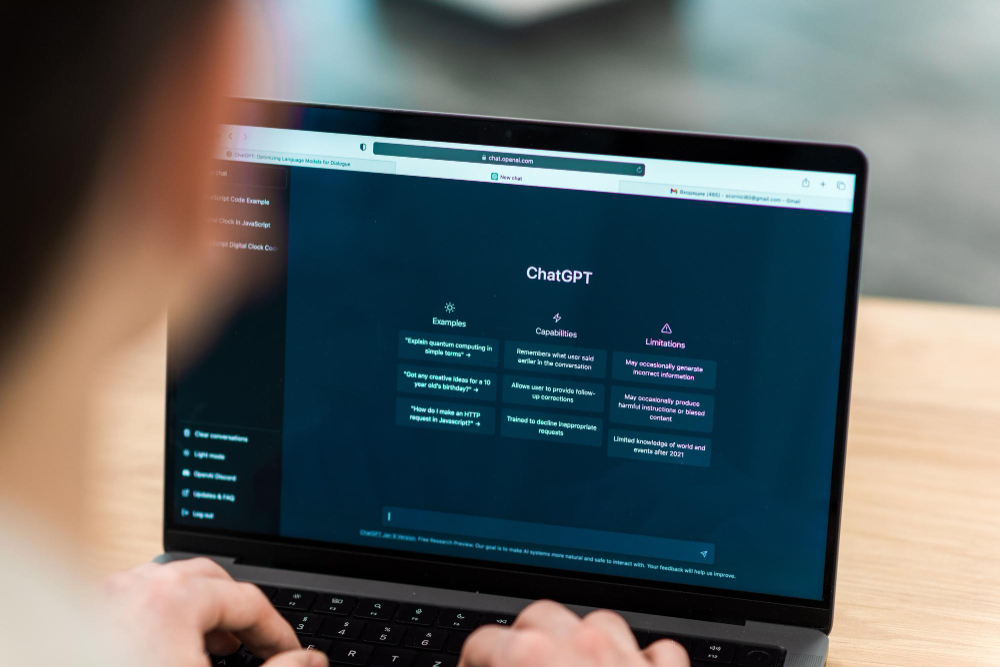







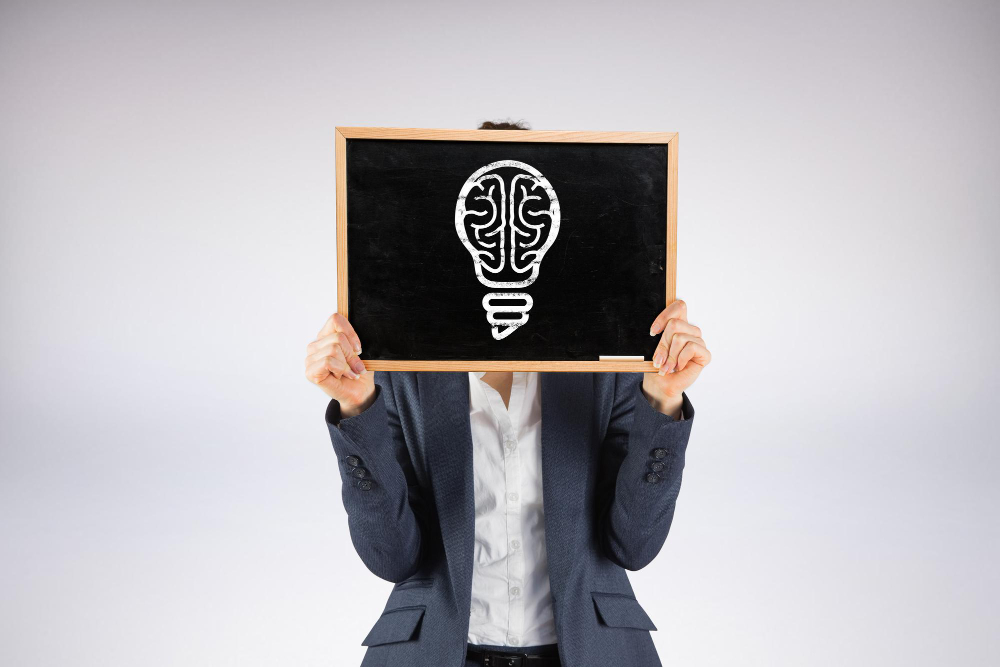
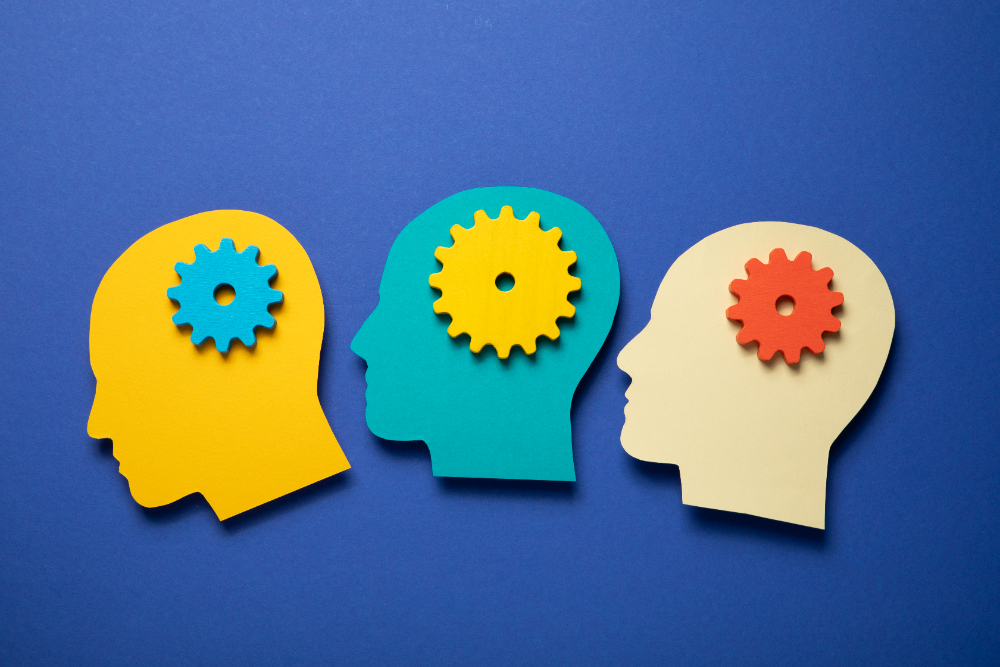



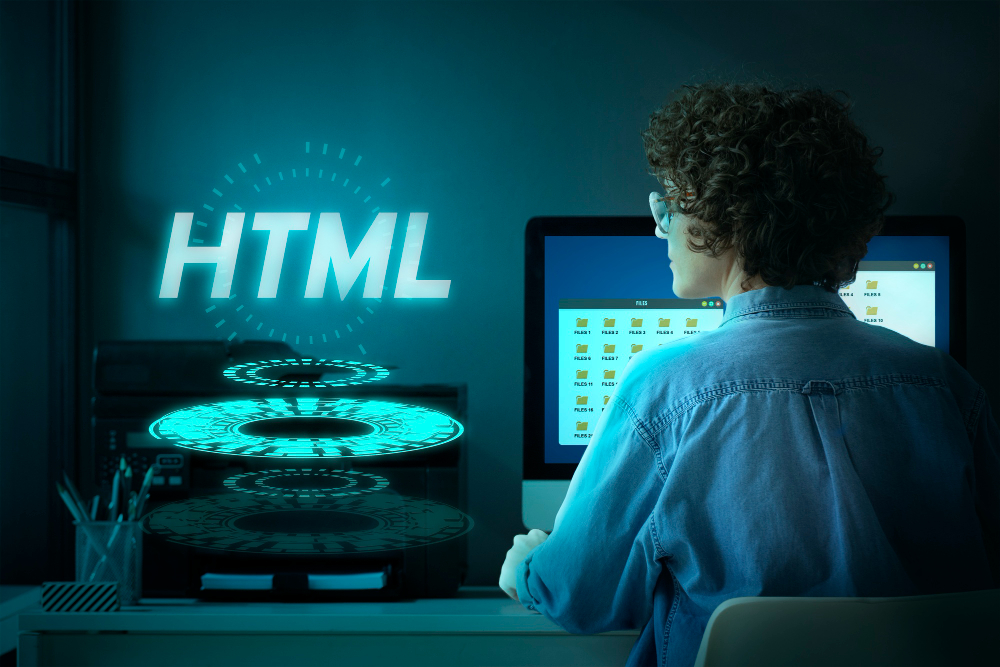

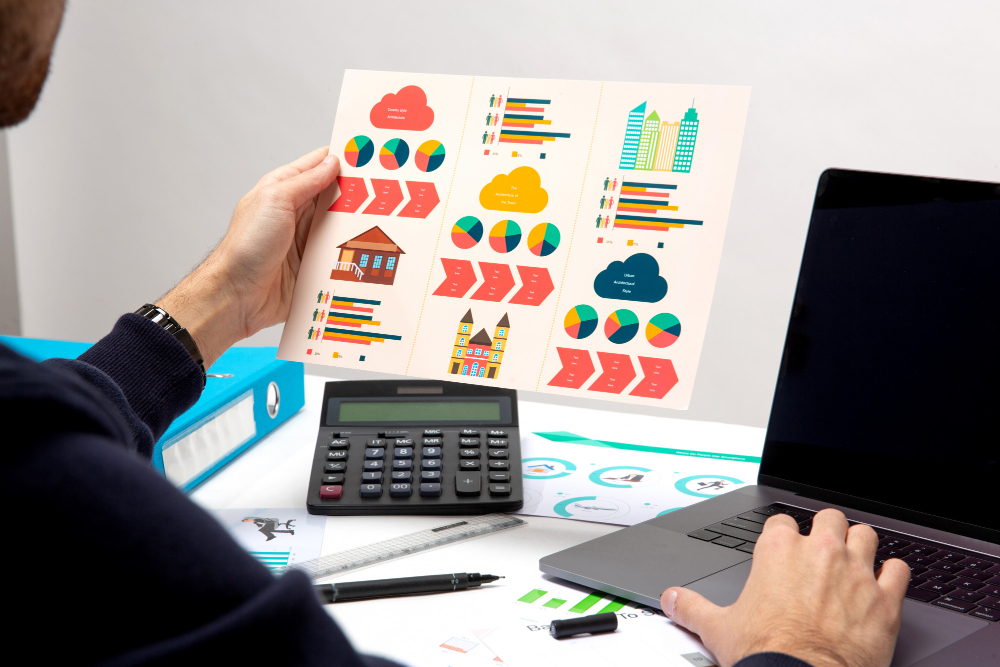
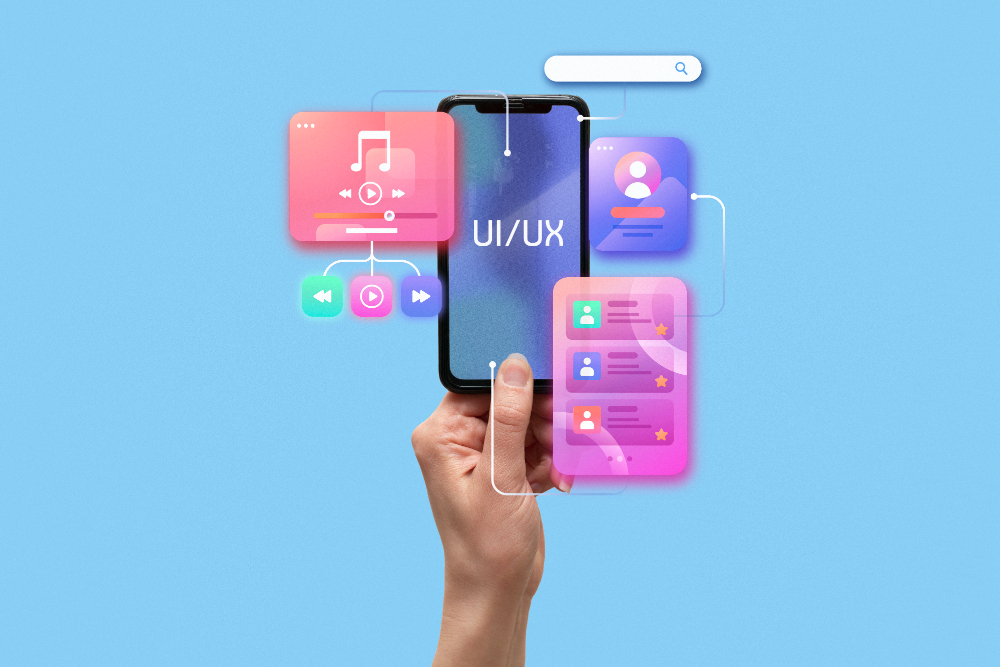
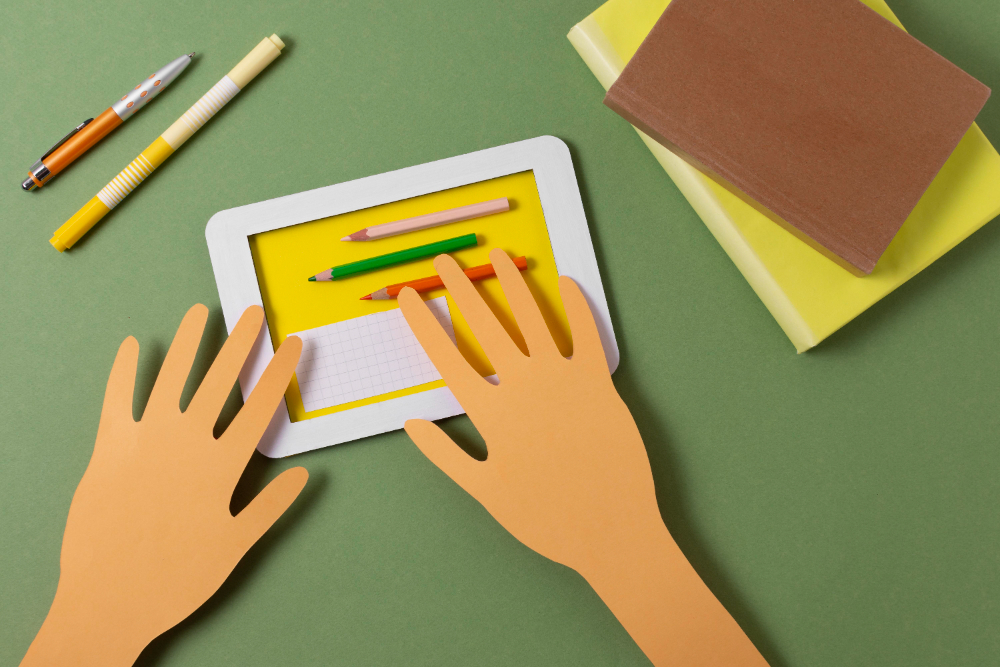


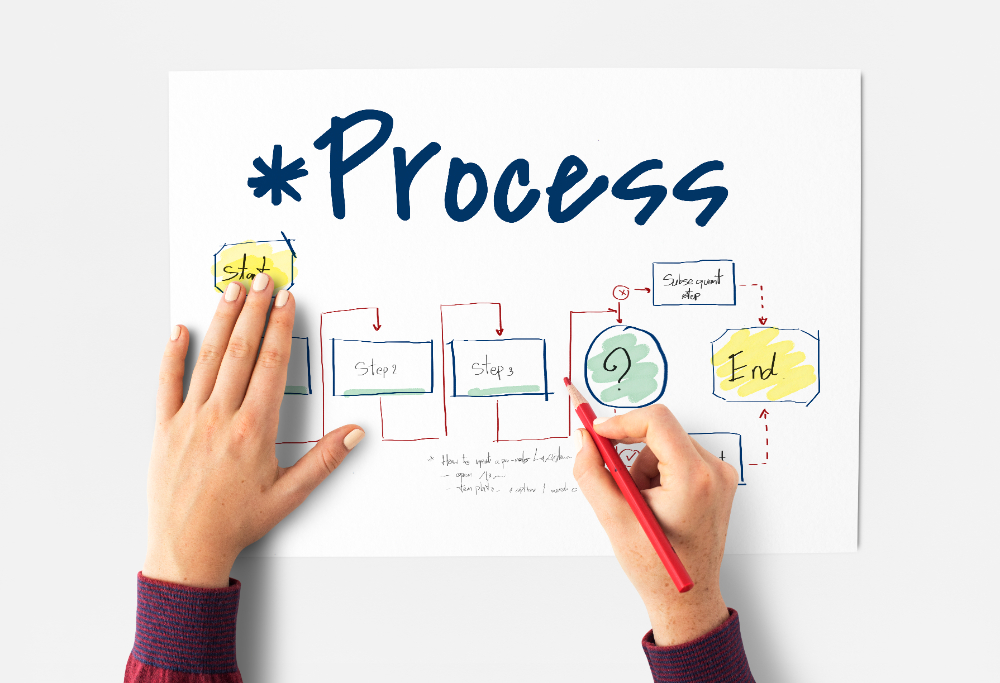



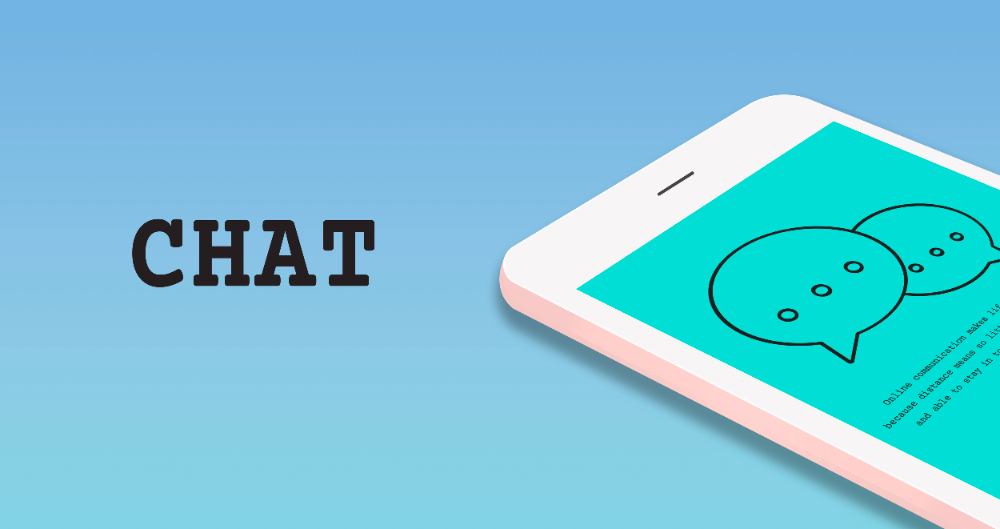
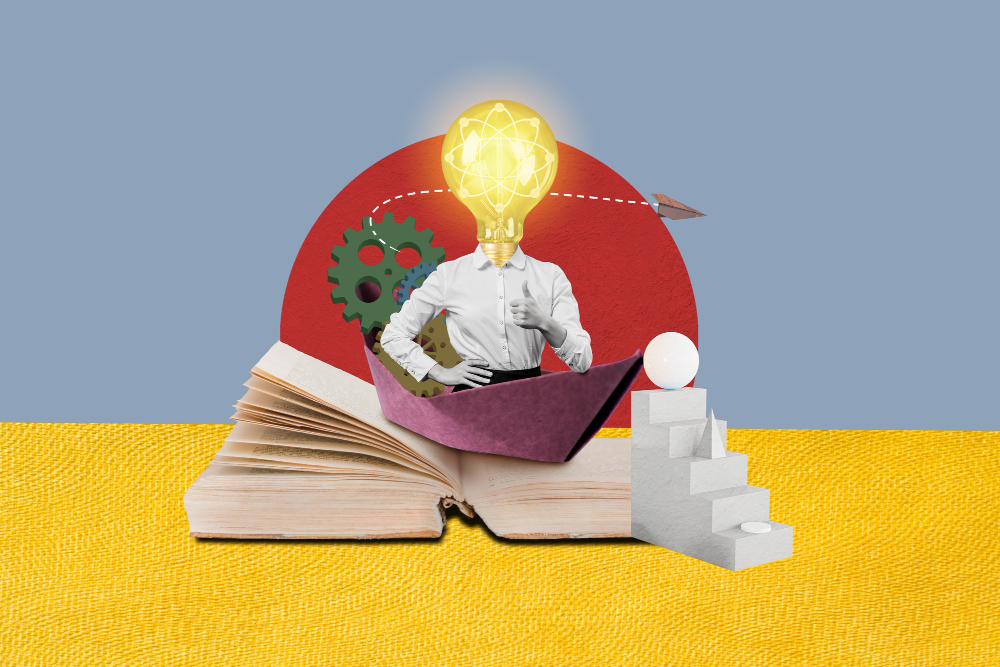
Comments are closed.